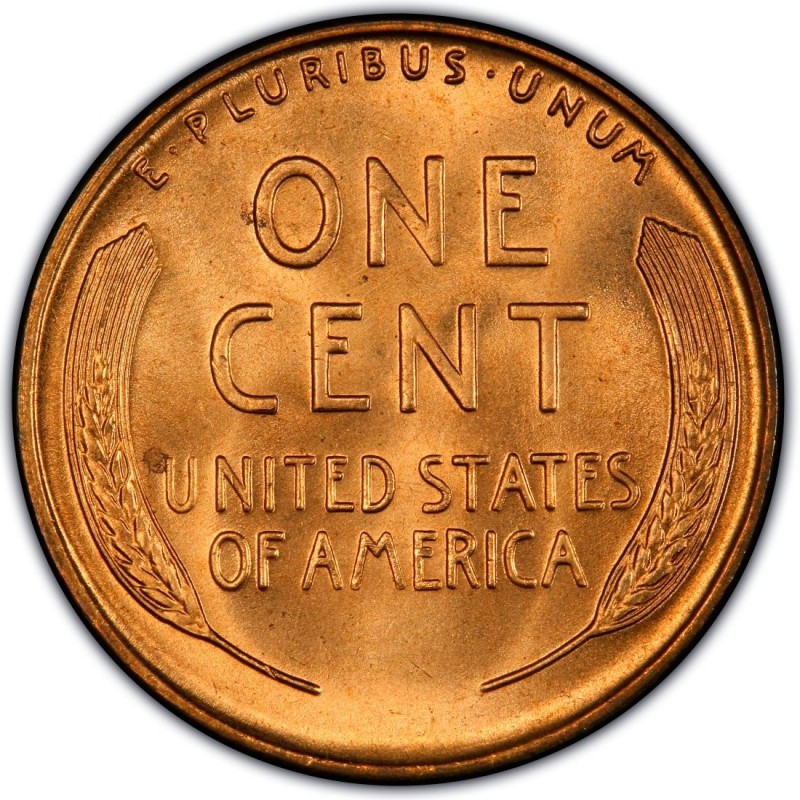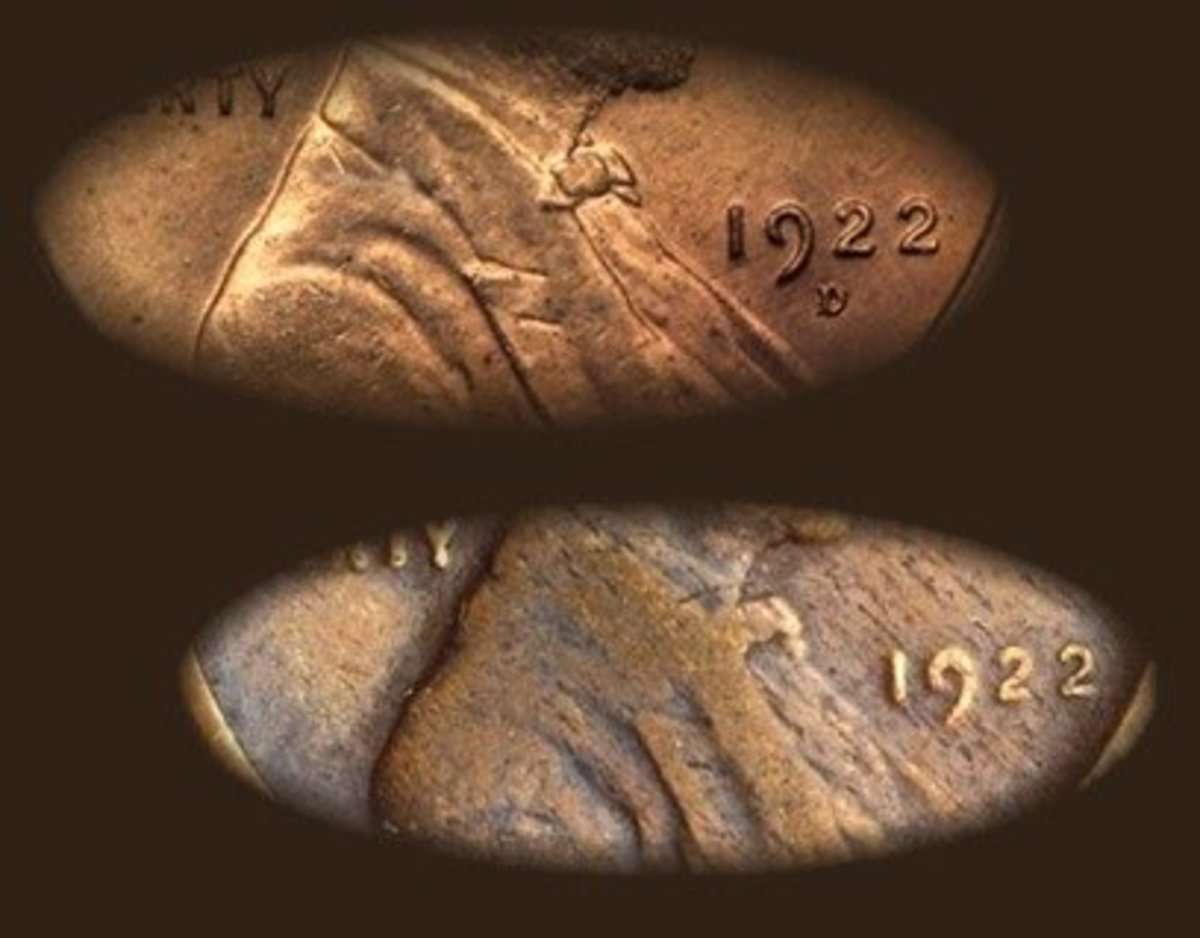Wheat Penny Value
- Wheat Penny Value Chart 1945
- Wheat Penny Values
- How Much Are Wheat Pennies Worth Today
- Wheat Penny Value 1941
- Wheat Penny Values By Date
Even though the 1958 Wheat Penny was the last cent produced featuring the wheat stalk reverse, the large amount minted has made it only worth face value in any grade under Extra Fine condition. Extra Fine 1958 Wheat Pennies are only worth $.12 and are not in high demand by collectors. Even uncirculated examples are worth less than $0.50.
- Collector demand is quite high for the 1909-S wheat penny, which can bring in at least $100. With a mintage of 1,825,000, the 1909 S is a very scarce coin with many people clamoring to get a hold of one. 1914-D Wheat Penny The 1914-D Lincoln cent is one of those penny rarities which just keeps getting more expensive with time.
- 1909 was the first year wheat penny coins were minted. Replacing Indian Head pennies, which were minted from 1859 through 1909, Lincoln pennies were welcomed by massive crowds that gathered at banks on the August 2 nd day that the new one-cent coins arrived in commerce.


Lincoln Wheat Penny Overview
The only coin that has seen the United States go through the Great Depression and two world wars has been the immensely popular Wheat Penny. First minted in 1909 to replace the Indian Head Penny, the Wheat Penny received quick praise by consumers. The popularity for the new Wheat Penny is what led to its long-running 50-year life.
Designed by Victor D. Brenner, the Wheat Penny, officially known as the Lincoln cent, featured a former president for the first time. 16th President Abraham Lincoln was chosen for the new penny as a way to celebrate the 100th year of his birth. Consumers loved the coin but did have some criticisms about Brenner’s initials being too large, resulting in a slight design change.
Brenner’s design for the obverse featured a bust of President Lincoln facing right, with the motto “IN GOD WE TRUST” centered above. The date can be found in the lower right part of the obverse field. “LIBERTY” is seen just to the left of Lincoln’s shoulder.
The reverse shows two wheat ears that surround the words “UNITED STATES OF AMERICA” and “ONE CENT”. “E PLURIBUS UNUM” can be found centered above the main design element. Overall, Brenner was going for a simple but effective reverse design.
If you want to learn more about the Lincoln Cent or other rare and collectible cents, be sure to read our Ultimate Guide to Pennies.
About the 1958 Lincoln Wheat Penny
Around 1950, the United States Mint began shifting which Mint produced the most number of Wheat Pennies. Before 1950, most pennies were minted at Philadelphia with a smaller amount minted at Denver. After 1950, most pennies were minted at Denver, with a lesser amount produced at Philadelphia.
The Mint at Philadelphia reports minting 252,525,000 examples of the 1958 Wheat Penny. This is only about a fourth of what was minted at the Denver facility.
1958 would be the last year that the Mint would produce a Lincoln cent bearing the original wheat stalk reverse. Instead, the Mint would move to using a design of the Lincoln Memorial as the reverse design in 1959.
The Wheat Penny’s legacy continues to live on, with it being one of the most recognized coins no longer in circulation. Most collectors do have some type of Wheat Penny Collection, and it is the coin that brought most people to coin collecting in the first place.
The Rare 1958 Doubled Die Lincoln Wheat Penny
One of the biggest and rarest errors for Wheat Pennies is the 1958 Doubled Die Error. Only three examples are known to exist, with only two being officially graded by PCGS, a third party grader.
Doubling can be seen very clearly on the obverse of the coin. The elements “IN GOD WE TRUST” and “LIBERTY” show heavy doubling and overlapping. Many doubled-die coins do not show near as much doubling as in the 1958 example.
This doubling occurs when the die used to strike the coin has doubled elements from the hub used to create the die. Most of the time, this doubling is very subtle, but in some cases like the 1958 Wheat Penny, it is very dramatic.
Due to its rarity and severity of the error, the 1958 DDO Wheat Penny has been sold for incredible amounts. Several years ago, an MS-64 example was sold for $100,000! The current estimated price of the MS-65 examples is an astonishing $200,000.
- NOTHING TAKEN AWAY, NEW INVENTORY ADDED MONTHLY
- 1909 's will be added to the miix of coins all will be in investment grade condition
- 1-500 count Grab Bag of Lincoln Wheat Pennies 1909-1958 Unsearched Bag
Value of the 1958 Lincoln Wheat Penny
Even though the 1958 Wheat Penny was the last cent produced featuring the wheat stalk reverse, the large amount minted has made it only worth face value in any grade under Extra Fine condition.
Extra Fine 1958 Wheat Pennies are only worth $.12 and are not in high demand by collectors. Even uncirculated examples are worth less than $0.50. MS-60 condition has a value of $0.30 and MS-65 condition’s value jumps to $8. A huge jump in price can be seen between MS-65 and MS-66, with MS-66 examples worth $30.
Although not presently valuable, the 1958 Wheat Penny may see some increase in price in the coming years. With a lower mintage than other coins around the same time period, the prices should rise as more coins are lost/destroyed. Even though 1958 Wheat Pennies have a low value, be sure to check out any that you have. You never know when the next 1958 DDO example will turn up!
A wheatpenny is a one-cent coin that was produced by the United States Mint from 1909 to 1958. Its name comes from the design on the reverse side of the coin, which featured a sheave of wheat on each side and the phrases 'ONE CENT' and 'UNITED STATES OF AMERICA' in between. Across the top was the Latin phrase 'E PLURIBUS UNUM,' which means 'out of many, one' and has been considered an unofficial motto of the U.S. The obverse, or front, of the coin featured a likeness of former U.S. president Abraham Lincoln, the phrase 'IN GOD WE TRUST,' the word 'LIBERTY' and the year in which the coin was produced. Also known as a Lincoln wheat cent or wheatback penny, the wheat penny is a long-admired collectible item with rich historical value.
First Issued in 1909
Wheat pennies were produced starting in 1909 to commemorate the 100th anniversary of Lincoln's birth. They were first issued on 2 August 1909 and were the first U.S. coins to feature a real person. As the coins began to circulate, controversy soon broke out over the initials V.D.B., which were located on the bottom of the reverse side of the coins and referred to the wheat penny's designer, Victor David Brenner. Many people thought that the New York sculptor’s initials did not need to be on the coin and were too prominent. Other people did not understand the meaning behind the initials or their purpose.
'V.D.B.' Removed
In response to the controversy, U.S. Treasury Secretary Franklin MacVeagh quickly ordered the removal of Brenner's initials. About 28 million wheat pennies that featured the initials were produced by the U.S. Mint in Philadelphia in 1909. Only about 484,000 were produced by the U.S. Mint in San Francisco, which added a small 'S' to the coin, under the year. Known as 1909-S VDB wheat pennies, the rarity of the coins minted in San Francisco has made them one of the U.S. coins that is the most popular among collectors.
A 50-Year Run
Wheat Penny Value Chart 1945
The wheat penny continued to be produced through 1958, with a few changes. In 1918, the controversial initials were reinstated. This time, however, they were located on the front side of the coin, just below Lincoln’s shoulder. In 1959, 50 years after the wheat penny was first issued, the familiar sheaves of wheat on the reverse side were replaced by a depiction of the Lincoln Memorial, officially ending the wheat penny’s run. This change was made to commemorate the 150th anniversary of Lincoln’s birth.
Composition
Wheat Penny Values
Wheat pennies were made of different metals at different times, with the main reason for the changes being the need for copper to be used for other purposes from 1943-1946, during World War II. Originally, wheat pennies were made of bronze, an alloy that is 95% copper, with the other 5% being an alloy of tin and zinc. In 1943, the composition was changed to zinc-plated steel, which resulted in silver-colored coins that were often mistaken for dimes, the U.S. 10-cent coins. A year later, the U.S. Mint abandoned production of the steel pennies and began melting down used bullet casings to produce brass wheat pennies that were 95% copper, with most of the other 5% being zinc. Starting in 1946, after World War II, the original metal composition for wheat pennies was used again and continued until their run ended in 1958.
How Much Are Wheat Pennies Worth Today
:max_bytes(150000):strip_icc()/US0001-Lincoln-Wheat-1909-S-MS66-RD-56a178aa3df78cf7726afbf9.jpg)
Wheat Penny Value 1941
Dimensions

Wheat Penny Values By Date
Like the U.S. pennies produced more recently, wheat pennies are 0.75 inches (19.05 mm) in diameter. They are about 0.06 inches (1.5 mm) thick. The weight of a wheat penny depends on its metal composition. Those that are mostly copper weigh about 0.11 ounces (3.1 g). Wheat pennies that are mostly steel weigh about 0.095 ounces (2.7 g).